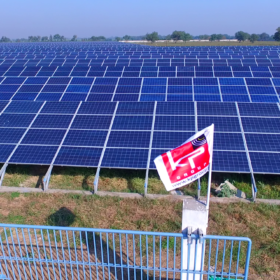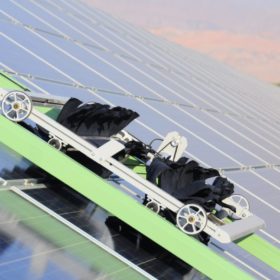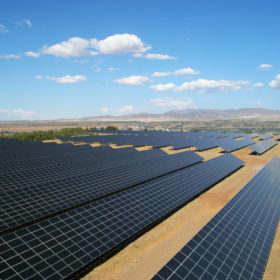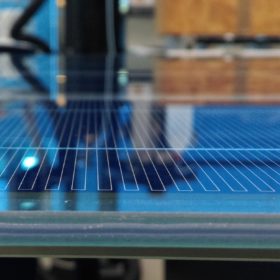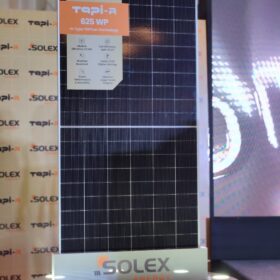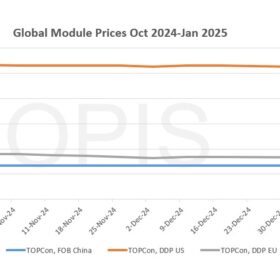Gujarat 700 MW award cancellation will impact solar investment
The state electricity regulator has passed the order in Gujarat Urja Vikas Nigam Ltd’s favor, allowing it to retender the 700 MW capacity to seek lower tariffs than the INR 2.78-2.81/kWh levels awarded to developers. Developers’ body says the move will impact investors’ sentiment as arranging finance starts soon after developers win a capacity.
KPI Global signs power supply agreements for 13.15 MW solar projects
The Gujarat-based solar developer has signed power supply agreements with nine different industrial customers for PV projects aggregating to 13.15 MW.
Tata Power secures Gujarat solar project worth INR 460 crore
Following NTPC’s 320 MW project, Tata Power has won the order to build 95 MW of ground-mounted solar PV project for Gujarat State Electricity Corporation Limited (GSECL). The order value of the project is around INR 460 crore ($63 million).
Gujarat issues RfS for purchase of 500 MW solar power
The selection of developers to set up 500 MW solar project capacity and supply power to the Gujarat Urja Vikas Nigam Ltd will be done through competitive bidding followed by reverse auction. Bidding closes on February 23.
BHEL seeks panel cleaning system for 75 MW Gujarat solar plant
Bids are invited to supply, install and commission a module cleaning system for the entire solar plant. The work scope also includes operation and maintenance support for three months after commissioning.
Adani Green Energy commissions 150 MW solar power plant in Gujarat
The 150 MW solar plant in Kutchh is Adani Green Energy’s third PV commissioning within a month. Its other two solar capacities that became operational since December end include 100 MW at Khirsara, Gujarat, and 25 MW at Chitrakoot in Uttar Pradesh.
KPI Global signs solar power supply agreement for 2.5 MW
The Gujarat-based solar developer has signed solar power supply agreements with textile manufacturer Ginni Filaments Limited (for 1.2 MW) and Sankalp Paper Industries (1.3 MW).
Solar tariff drops below INR 2/kWh
The solar electricity price in India has dipped further to an all-time low of INR 1.99/kWh in a 500 MW Gujarat auction held recently, which is 0.5% lower than the previous record of INR 2/kWh set a month ago.
Structural factors driving down solar tariffs in India
An analysis by India Ratings and Research (Ind-Ra) says improvements in PV panel designs and costs, lower financing costs, and state-specific sectors such as the location’s solar potential and certain waivers have driven the decline in Indian solar tariffs.
Borosil Renewables raises INR 200 crore though QIP issue
The solar glass manufacturer plans to utilize the funds to more than double its solar glass production capacity from 450 tonnes per day (TPD) to 950 TPD.

